Welcome to the world of perennial flowers, where beauty and longevity merge to create stunning garden displays year after year. Perennial flowers are the backbone of any well-established garden, offering a sense of reliability and endurance. Unlike annuals, these plants return season after season, adding splashes of color and texture to your outdoor space.
Whether you’re a seasoned gardener or just starting your horticultural journey, we’ve curated a list of 15 exceptional perennial flowers to grow in your garden. From vibrant coneflowers to delicate astilbes, each of these perennial blooms possesses its unique charm and benefits.
Get ready to embrace a symphony of colors, fragrance, and pollinator activity as we explore the world of perennial flowers together. Let’s dive in and discover the enduring beauty that awaits you in the garden.
Planting Tips
1. Prepare The Soil:
Before planting, prepare the soil by removing weeds, rocks, and debris. Loosen the soil and amend it with organic matter, such as compost or aged manure, to improve fertility and drainage.
2. Planting Depth:
Follow the recommended planting depth for each perennial flower. Generally, the crown of the plant should be level with the soil surface. Planting too deeply can suffocate the plant, while planting too shallowly may expose the roots.
3. Watering:
Provide adequate water to establish the plants initially. After that, most perennials are relatively drought-tolerant once their root systems are established. However, they may still benefit from regular watering during prolonged dry periods.
4. Fertilizing:
Perennials generally benefit from an annual application of balanced slow-release fertilizer in early spring. Follow the instructions on the fertilizer packaging and avoid over-fertilizing, as it can lead to excessive foliage growth at the expense of flowers.
5. Pest and Disease Control:
Monitor your plants regularly for any signs of pests or diseases. Promptly address any issues using appropriate methods, such as organic insecticides or disease-resistant varieties.
6. Pruning:
Prune perennial flowers as needed to maintain their shape, remove damaged or diseased foliage, and promote healthy growth. Some perennials benefit from a light trim after the blooming period to encourage a second flush of flowers.
7. Continuous Bloom:
Plan your perennial garden carefully, selecting varieties with staggered bloom times to ensure a continuous display of flowers throughout the growing season. This adds visual interest and prolongs the beauty of your garden.
Different Species
#1. Coneflowers (Echinacea)
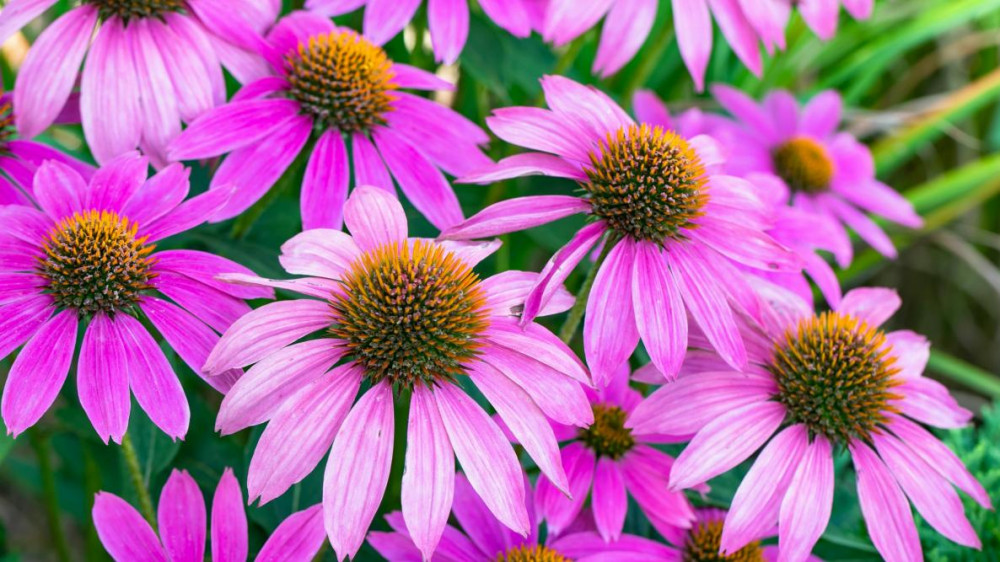 Source: The Old Farmer’s Almanac
Source: The Old Farmer’s Almanac
These vibrant and hardy flowers come in a variety of colors, including pink, purple, and white. They attract pollinators and add a lovely touch to any garden.
#2. Black-Eyed Susans (Rudbeckia)
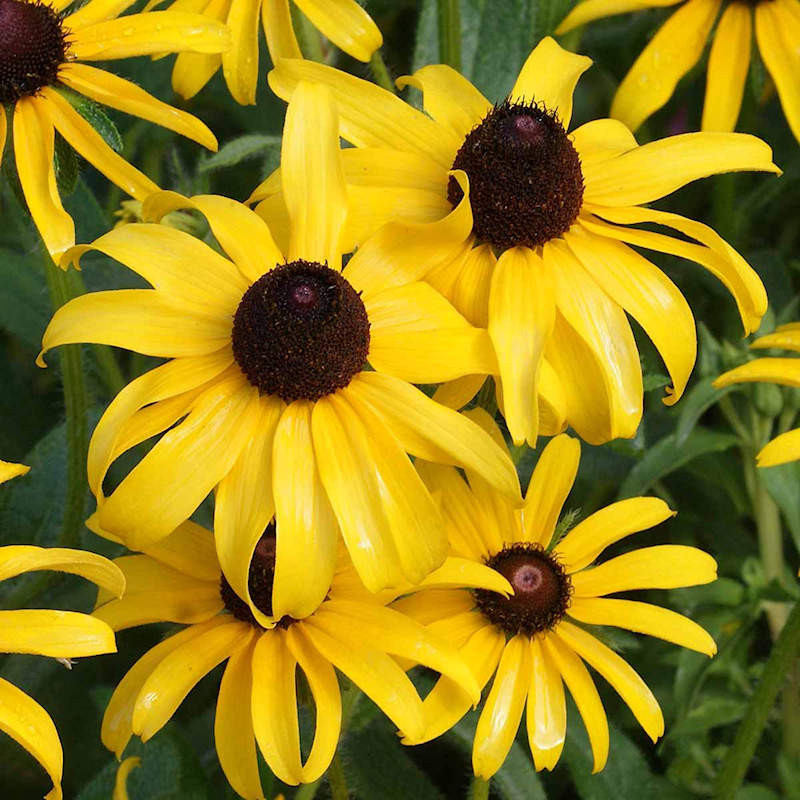 Source: Everwilde Farms
Source: Everwilde Farms
With their bright yellow or orange petals and dark centers, Black-eyed Susans are cheerful and easy-to-grow perennials that bloom throughout the summer.
#3. Daylilies (Hemerocallis)
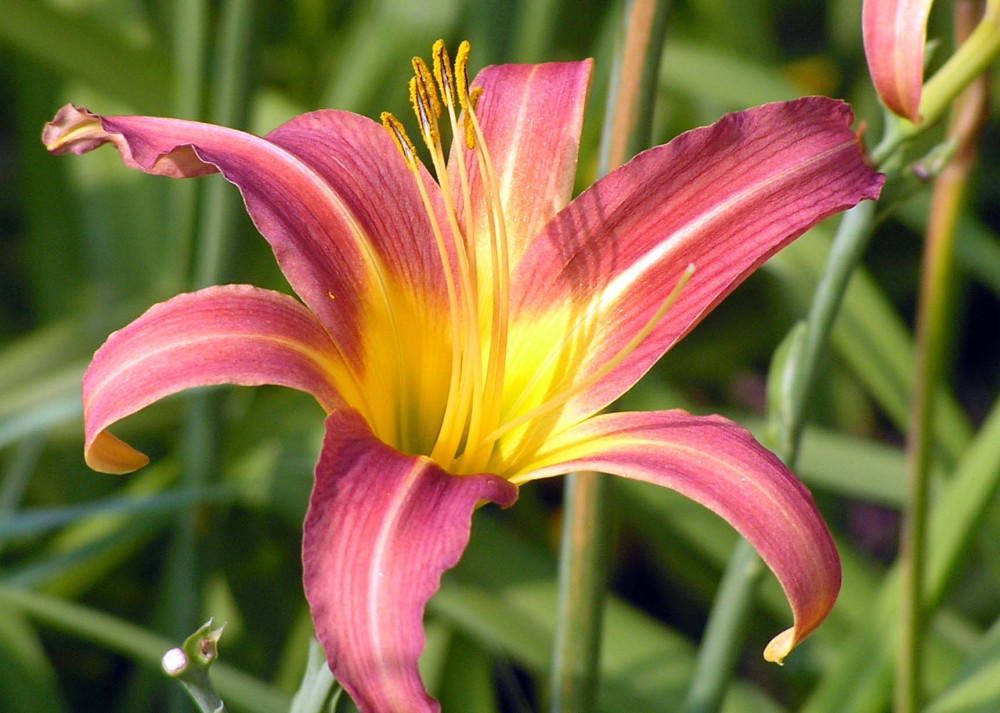 Source: [email protected] – Clemson University
Source: [email protected] – Clemson University
Daylilies offer a wide range of colors and bloom sizes, making them versatile and attractive choices for garden borders or flower beds.
#4. Peonies (Paeonia)
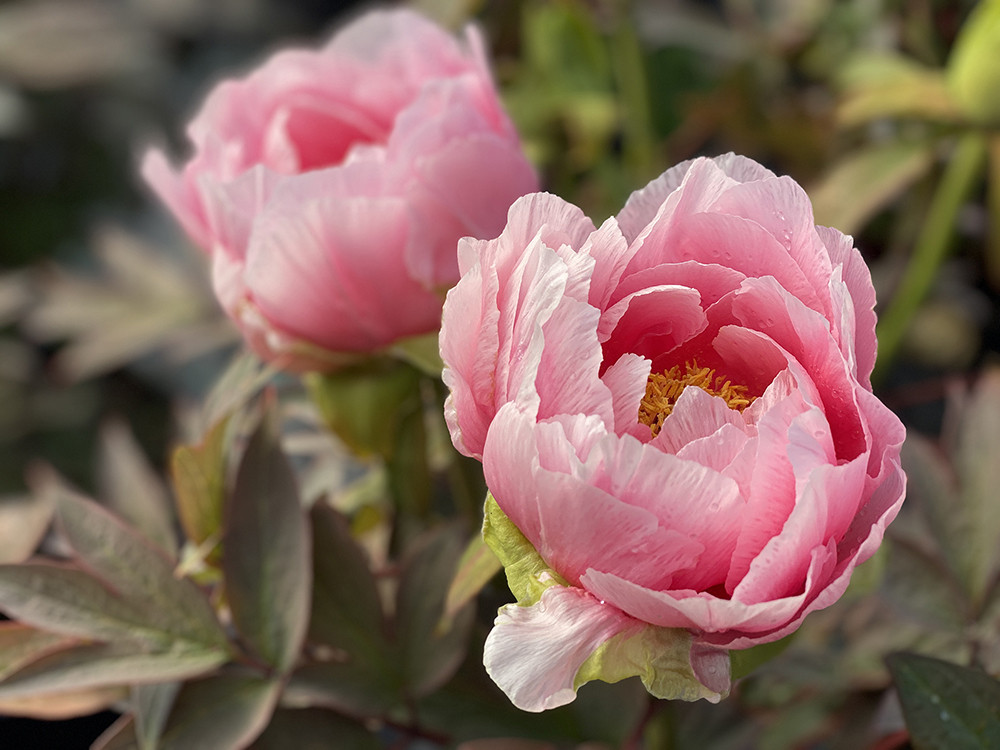 Source: The English Garden
Source: The English Garden
Known for their large, fragrant flowers, peonies come in various shades of pink, red, and white. They are long-lived perennials that add elegance to any garden.
#5. Iris (Iris Spp.)
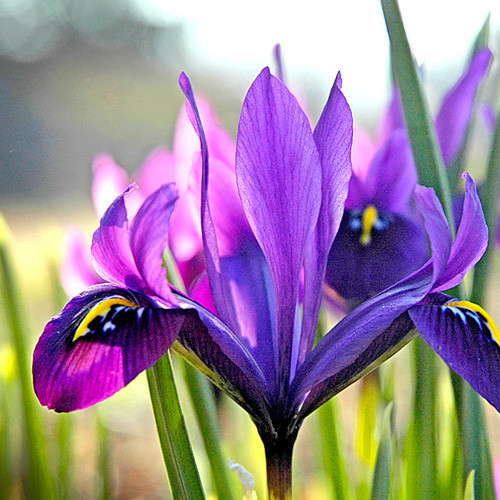 Source: Chicago Botanic
Source: Chicago Botanic
Irises are popular for their distinctive, showy flowers and come in a variety of colors and patterns. They thrive in a range of climates and can be planted in garden beds or near ponds for a beautiful display.
#6. Russian Sage (Perovskia Atriplicifolia)
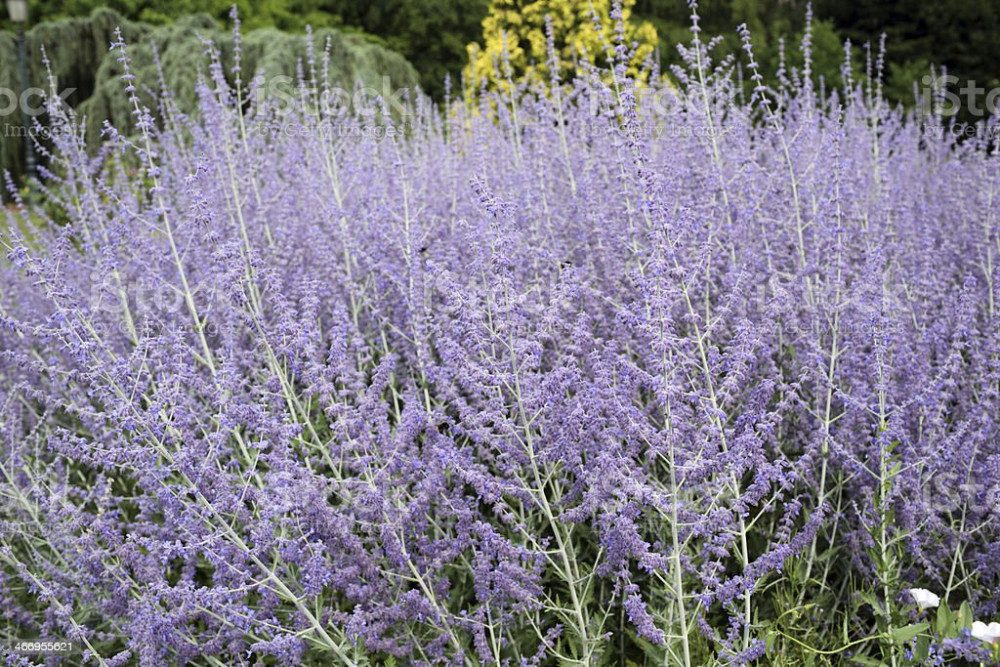 Source: iStock
Source: iStock
This perennial features silvery-gray foliage and delicate lavender-blue flowers. It’s a drought-tolerant plant that adds texture and color to your garden.
#7. Salvia (Salvia Spp.)
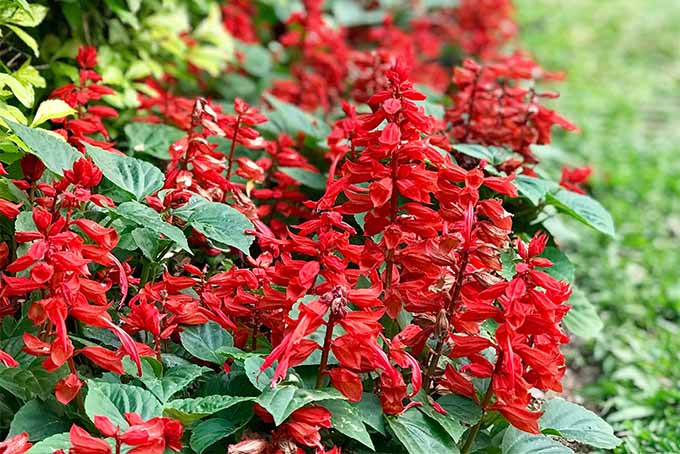 Source: Gardener’s Path
Source: Gardener’s Path
Salvias are available in different varieties and colors, including vibrant blues, purples, and reds. They are loved by pollinators and are excellent for attracting hummingbirds.
#8. Blanket Flower (Gaillardia)
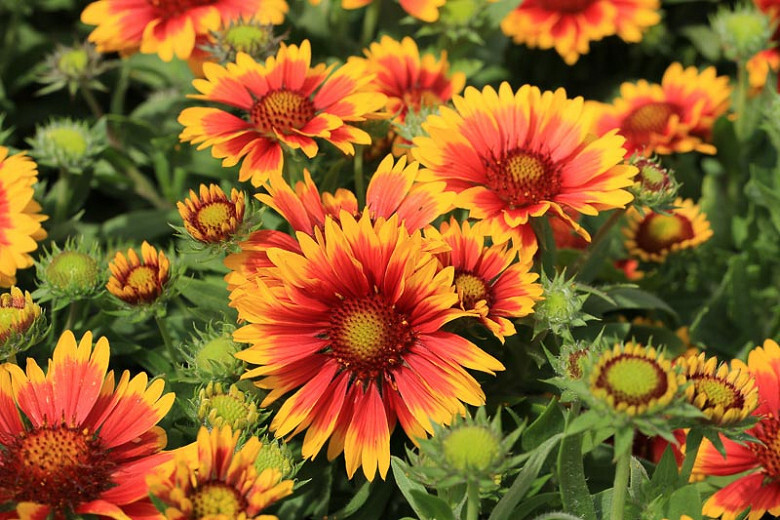 Source: Gardenia.net
Source: Gardenia.net
With their bold red and yellow blooms, blanket flowers are eye-catching additions to any garden. They are drought-tolerant and thrive in sunny locations.
#9. Coreopsis (Coreopsis Spp.)
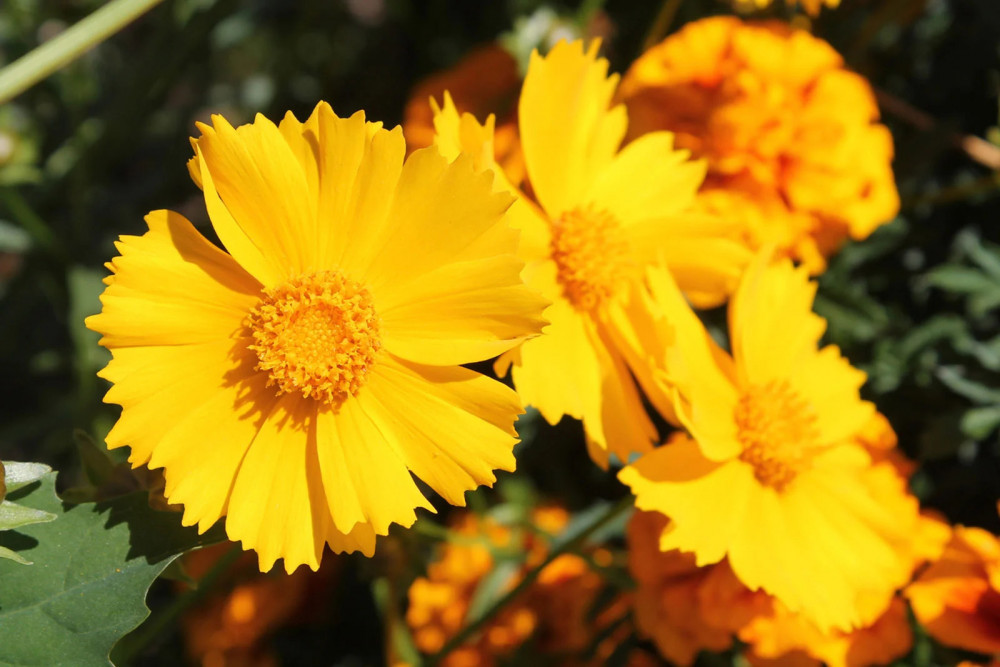 Source: Gardening Know How
Source: Gardening Know How
These cheerful daisy-like flowers come in a range of colors, including yellow, orange, and pink. They are low-maintenance perennials that bloom profusely.
#10. Shasta Daisy (Leucanthemum x Superbum)
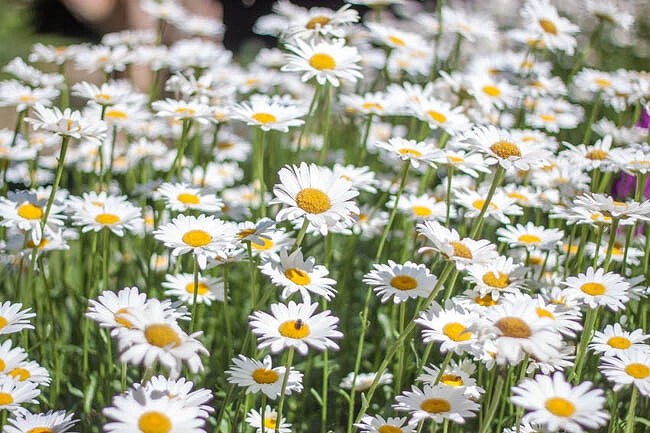 Source: Gardenia.net
Source: Gardenia.net
: Shasta daisies are classic perennials with white petals and yellow centers. They bloom abundantly in summer and add a touch of charm to any garden.
#11. Catmint (Nepeta)
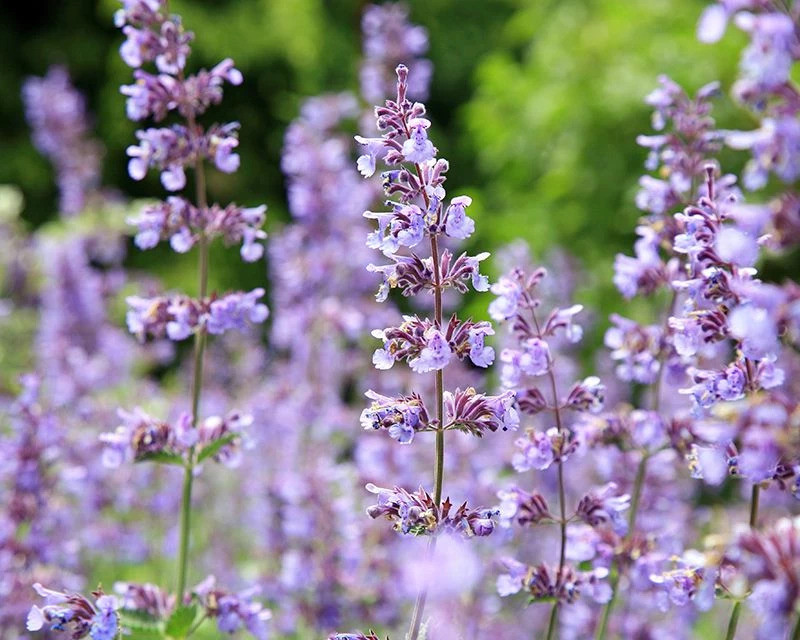 Source: Yates Australia
Source: Yates Australia
Catmint is a versatile perennial with small, lavender-blue flowers and aromatic foliage. It’s a great choice for attracting bees and butterflies.
#12. Hellebores (Helleborus)
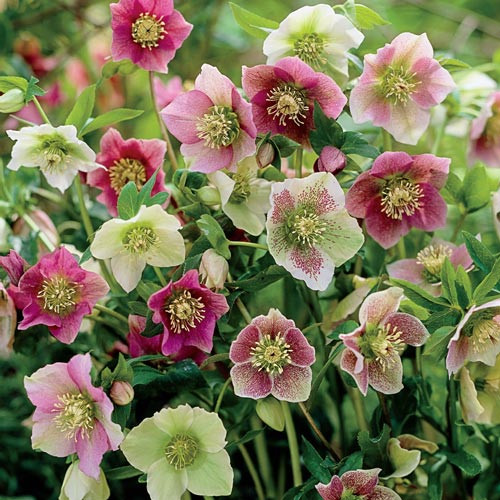 Source: K. van Bourgondien
Source: K. van Bourgondien
Hellebores, also known as Lenten roses, bloom in late winter or early spring. They come in various colors and are prized for their ability to brighten up the garden during the cooler months.
#13. Coral Bells (Heuchera)
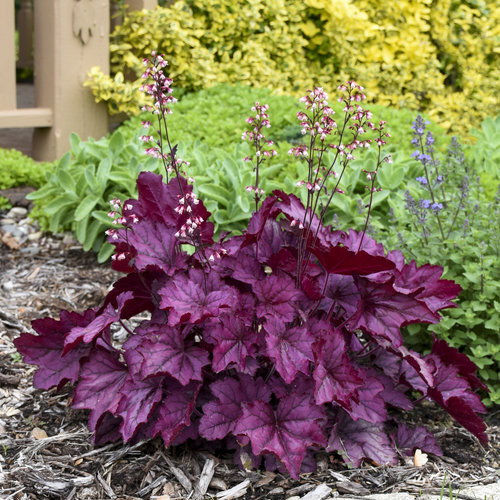 Source: Proven Winners
Source: Proven Winners
These perennials are prized for their vibrant, colorful foliage, which ranges from green to deep burgundy. They also produce delicate flowers on tall stems.
#14. Balloon Flower (Platycodon Grandiflorus)
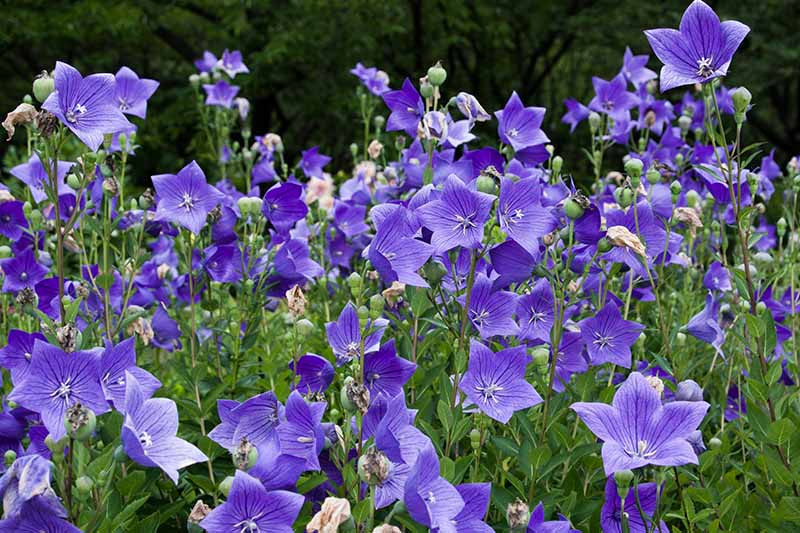 Source: Gardener’s Path
Source: Gardener’s Path
Balloon flowers have unique balloon-like buds that open to reveal beautiful blue, pink, or white star-shaped flowers. They add a touch of whimsy to the garden.
#15. Yarrow (Achillea)
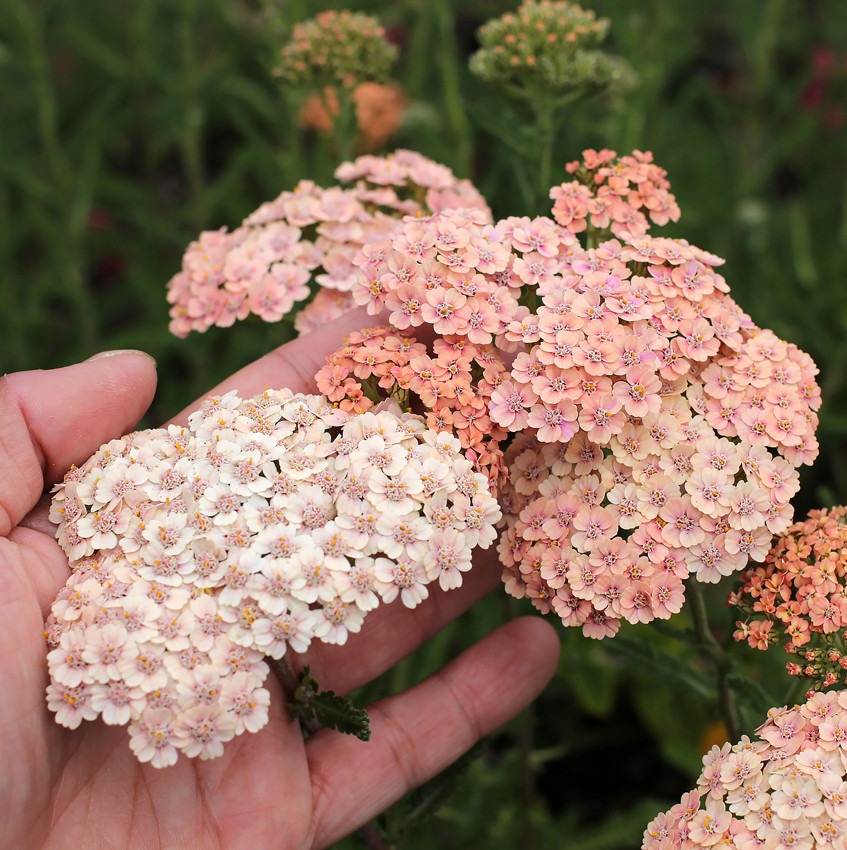 Source: Annie’s Annuals
Source: Annie’s Annuals
Yarrow is a versatile perennial with feathery foliage and clusters of flowers in shades of yellow, pink, and white. It attracts butterflies and is well-suited for cottage-style gardens.
